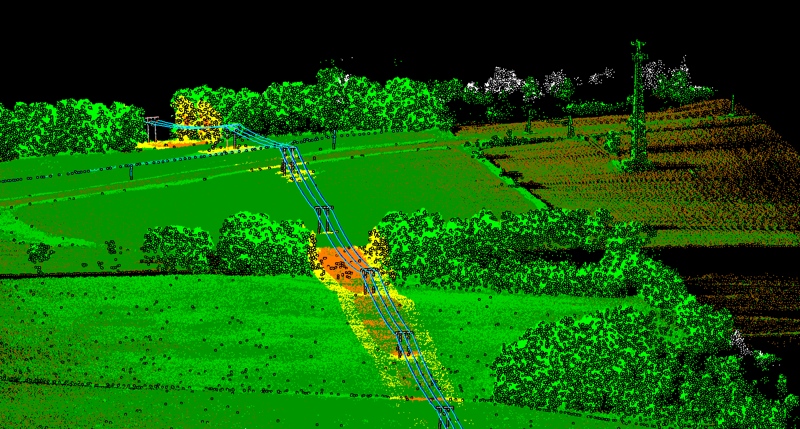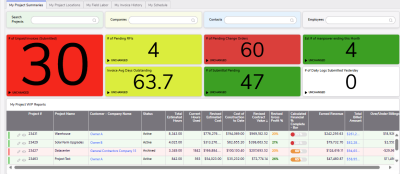NM Group, a specialist survey provider in countries including USA, UK, Oman, UAE, and Fiji, has announced the successful deployment of their new Survey+ service with National Grid in New York State. Patrol+ augments routine helicopter line patrols with LiDAR vegetation reporting, ensuring that utilities can capture all necessary data in a single helicopter flight.
When a utility contracts NM Group, the service provider supplies everything needed to augment their existing line patrols with LiDAR data. NM group supplies hardware, installs it on the patrol helicopter, and sends a technician to the site. After the utility flies the lines as scheduled, NM Group takes the hard drive of LiDAR spatial data, processes it, and supplies vegetation reporting back to the utility.
As senior client manager Tim Hustwayte explains, utilities generally perform these tasks in two separate flights for reasons related to sensor abilities. They fly one patrol at an altitude low enough for workers to photograph the asset for inspection, and another at an altitude suitable for LiDAR data capture.
The advent of LiDAR sensors designed for use with UAVs changes that, says Hustwayte. “Because of UAV tech, the sensors got small and automated enough that we don’t have to fly high over the line. We can fly lower, at line level.”
Though currently NM Group is providing their Patrol+ service exclusively for helicopter utility flights, that could change in the future. Since the provider’s primary focus is gathering and processing spatial data for vegetation reports, Hustwayte says that their business model can be applied to a number of technologies.
For right now, utilities are flying their lines with helicopters due to the beyond visual line of sight (BVLOS) restrictions set by the FAA, but as soon as that changes, NM Group is prepare to go the UAV route. “In two or three years,” Hustwayte said, “that’s probably how we’ll be doing it.”








